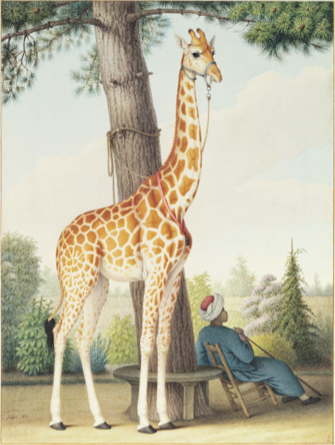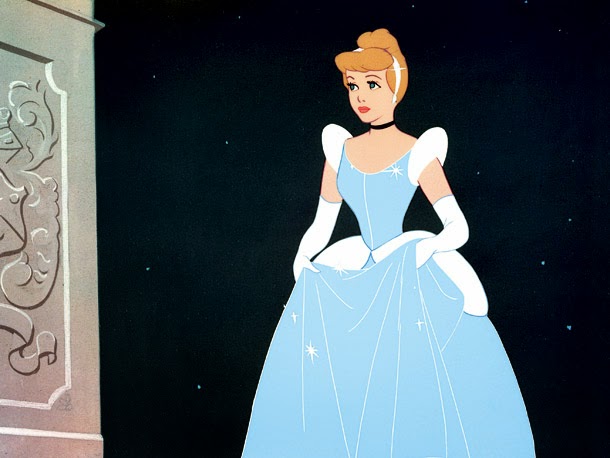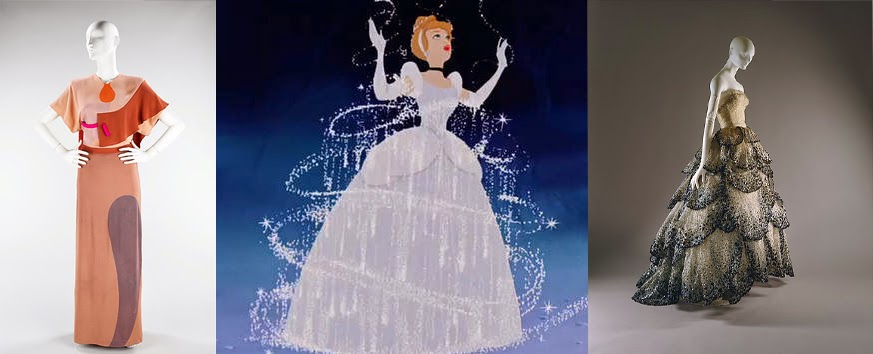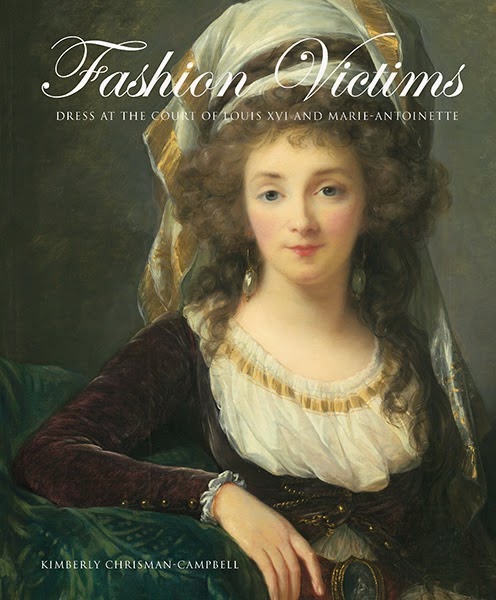Fashion has always had a strong relationship with new technology. In the late eighteenth century, looms ran on punch cards to weave complex textile designs-- the very first computing technology. In the nineteenth century, the discovery of synthetic dyes allowed fabrics to take on bright, eye-popping colors. In the twentieth century, an enormous range of textiles made from synthetic materials, each with its own unique benefits, flushed the market. And in the twenty-first century, designers are using 3-D printers to create new and innovative designs.
Fashion has also always had strong ties with the media. New trends need to be disseminated around the world somehow, be it by illustrations, photographs, or film. These days we can log on to youtube and watch the latest runway shows instantly, but the relationship between film and fashion stretches much farther back in time.
On October 7, 1913, the Chicago Tribune published an article titled "Poiret Startles Chicago Women." The article begins:
We like to think that videos of fashion shows are a newer invention, yet here were hundreds of women watching one in 1913! Film was still a relatively new technology in the early 1910s, and the movie making industry wouldn't really kick off until the 1920s. Yet it is clear that some were already seeing film's potential. It's fitting that the fashion show on view to the women of Chicago that October day showcased the designs of Paul Poiret, a designer known for his innovation, boldness, and modernity. As the Tribune described Poiret's designs, "The women in the pictures were garbed in raiment wonderful, peculiar, and individual."
The article continues:
Some of the restrictions of early film technology are mentioned. The lack of color (later compensated for with colored slides) and low definition left some women slightly confused as to what they were seeing. I love one woman's guess that perhaps Poiret had incorporated a car tire into his design.
I love this article for many reasons. Its description of Poiret's collection is an excellent resource. It highlights how technological advances were used to disseminate fashion information. It reflects the exciting sense of innovation and modernity that colored the twentieth century. But above all it connects us to the people of the past. These women, who lived 101 years ago, are sitting with their friends and commenting on a video of the latest fashions, just as we comment on videos on youtube today. I've written about how I love fashion history because it so closely connects us to the people of the past, and this article is the perfect example.
Fashion has also always had strong ties with the media. New trends need to be disseminated around the world somehow, be it by illustrations, photographs, or film. These days we can log on to youtube and watch the latest runway shows instantly, but the relationship between film and fashion stretches much farther back in time.
 |
| Paul Poiret, c. 1913. From the Library of Congress. LC-USZ62-100840. |
On October 7, 1913, the Chicago Tribune published an article titled "Poiret Startles Chicago Women." The article begins:
"Seven hundred of the best dressed women of Chicago viewed the oddities of the latest styles of Paul Poiret, 'the high priest of color and the master builder of gowns,' as they strutted across the cinematographic screen at the Blackstone hotel yesterday."
We like to think that videos of fashion shows are a newer invention, yet here were hundreds of women watching one in 1913! Film was still a relatively new technology in the early 1910s, and the movie making industry wouldn't really kick off until the 1920s. Yet it is clear that some were already seeing film's potential. It's fitting that the fashion show on view to the women of Chicago that October day showcased the designs of Paul Poiret, a designer known for his innovation, boldness, and modernity. As the Tribune described Poiret's designs, "The women in the pictures were garbed in raiment wonderful, peculiar, and individual."
 |
| A Poiret evening gown, c. 1914. From the Library of Congress. LC-USZ62-85524. |
The article continues:
"The spectators gave due attention to each gown, criticizing, studying, praising, wondering. There was ample opportunity for study, for some of the gowns were exhibited several times before the final reel had wound itself up.
"Perhaps the article that brought forth the most exclamations was a huge muff. A circular piece of white ermine ran around the front of it and as the wearer came closer into the camera's focus the comment grew.
"'What is that white circle?' 'Looks like a life preserver.' "No. it's [sic] an automobile tire.' Then the model stood perfectly still and the seven hundred laughed. It was ventured that seven hundred black muffs with white ermine circles will be worn in Chicago this winter.
"There were also a few colored slides showing Poiret's color combinations-- women in blue serge and green trimming, in scarlet and black, in purple and white, in pink with an overdress of white, and in other shades that caused several dressmakers a few gasps of delight."
Some of the restrictions of early film technology are mentioned. The lack of color (later compensated for with colored slides) and low definition left some women slightly confused as to what they were seeing. I love one woman's guess that perhaps Poiret had incorporated a car tire into his design.
I love this article for many reasons. Its description of Poiret's collection is an excellent resource. It highlights how technological advances were used to disseminate fashion information. It reflects the exciting sense of innovation and modernity that colored the twentieth century. But above all it connects us to the people of the past. These women, who lived 101 years ago, are sitting with their friends and commenting on a video of the latest fashions, just as we comment on videos on youtube today. I've written about how I love fashion history because it so closely connects us to the people of the past, and this article is the perfect example.











































































